Driving in Japan: 20 Essential Tips from a Local
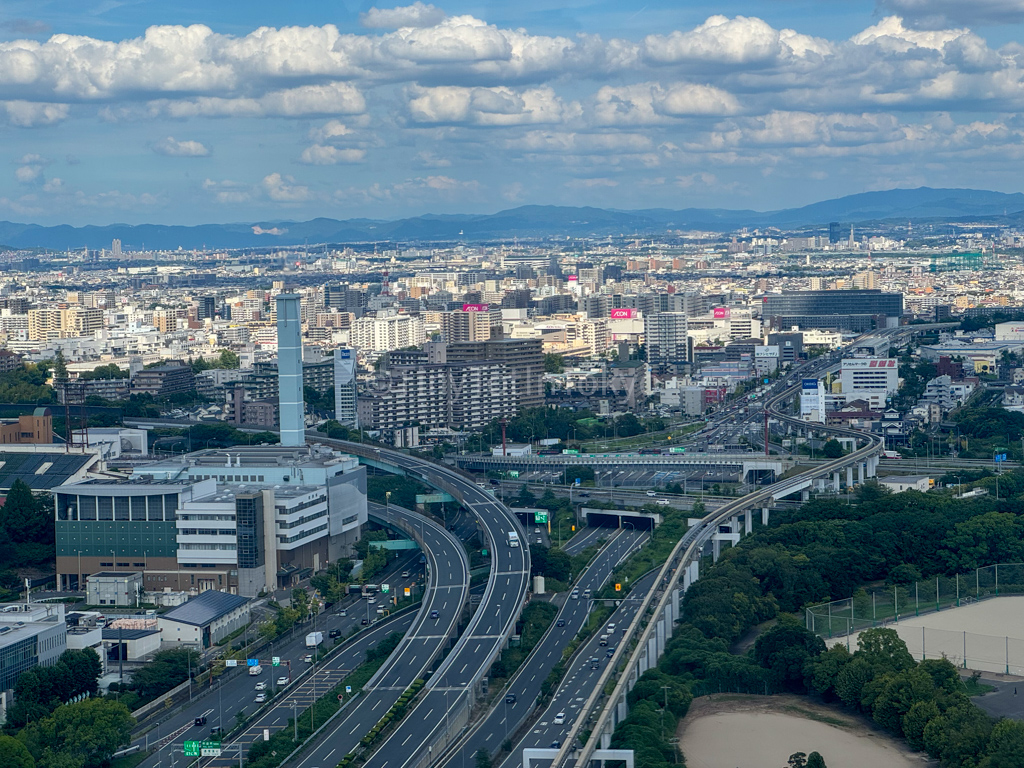
Last Updated on May 30, 2025 by Kay
This post may contain affiliate links, meaning I may earn a small commission on any purchases through those links at zero additional cost to you. Whatever I make goes to keeping this website running and I am forever grateful for the support. See my Privacy Policy for more information.
Thinking about driving in Japan but wondering what you should know before you get behind the wheel?
Although the act of driving a car is similar across many countries, other important aspects, such as the rules of the road and driving conditions, are quite different. It’s something I’ve gotten used to after living here for fifteen years and going to driving school in Japan (after my Canadian license expired, long story), but it can definitely be overwhelming for those driving in Japan for the first time.
In this article, I’ll share some essential tips that I feel everyone should know when driving in Japan. Hopefully, this information will help you feel prepared and make your trip easier!
Essential Tips for Driving in Japan
1. Stay on the Left Side of the Road
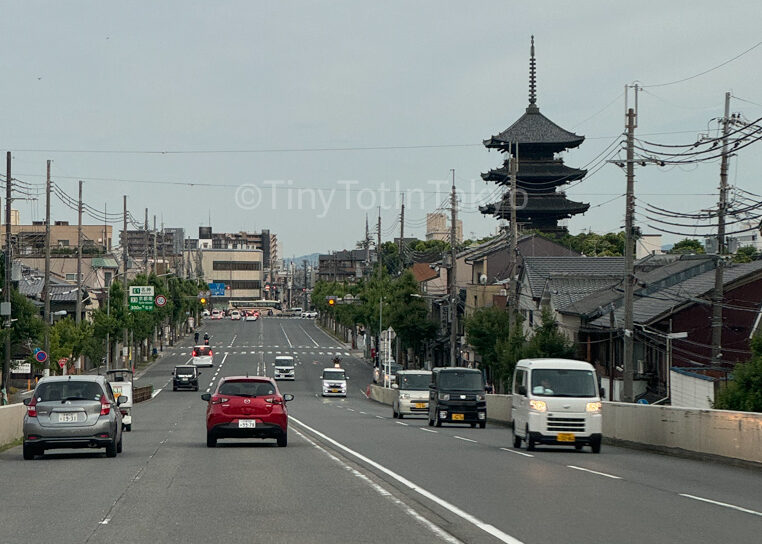
In Japan, people drive on the left side of the road and the driver sits on the right side.
This is especially important to remember when making left and right-hand turns! Note that if you’re making a right-hand turn, you must yield to oncoming cars.
2. Be Cautious of Narrow Roads
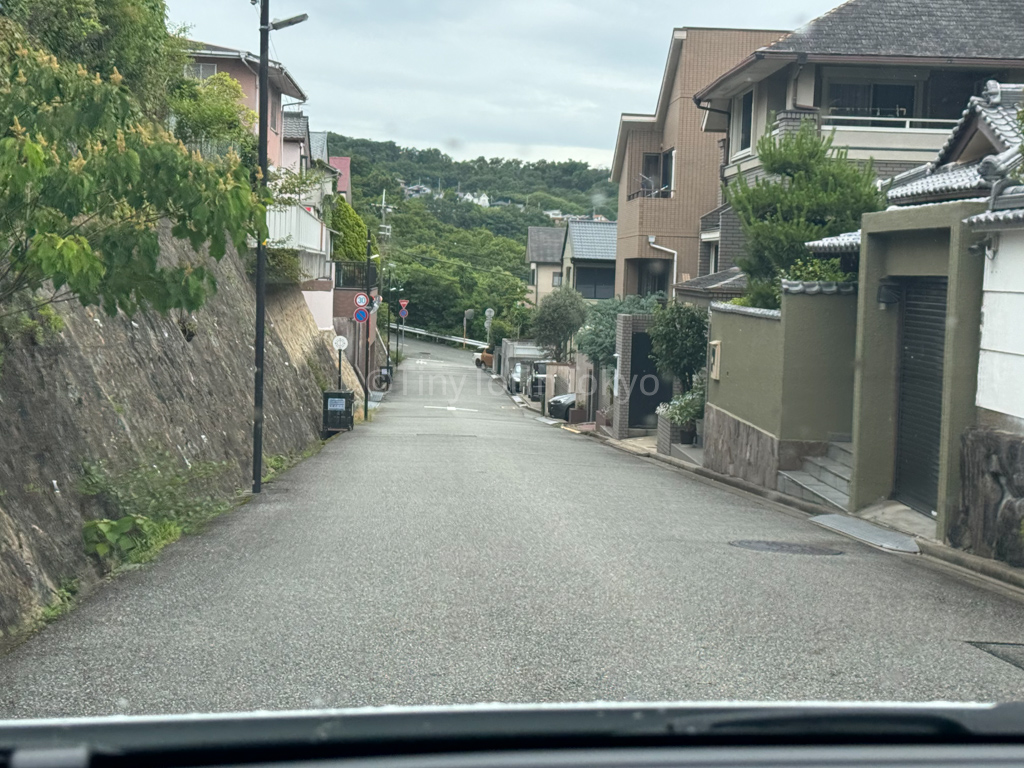
Roads in Japan are quite narrow. Sometimes a road might seem like it’s for one-way traffic but it’s actually a two-way!
I remember feeling quite intimidated by this when I first started driving in Japan because a Japanese two-way road on a main street is sometimes the same width as a one-way residential road in Canada!
If you’re on a road that’s two-way but it’s too narrow to let an oncoming car pass, one of you has to back up enough to give way for the other. Sometimes there’s a pocket on the sides of these roads just for this purpose.
Also, be very careful not to get stuck in a drainage canal. Back when I lived in the countryside in Yamaguchi Prefecture, a friend’s tire got stuck in one and it wasn’t great!
3. Be Careful of Cyclists
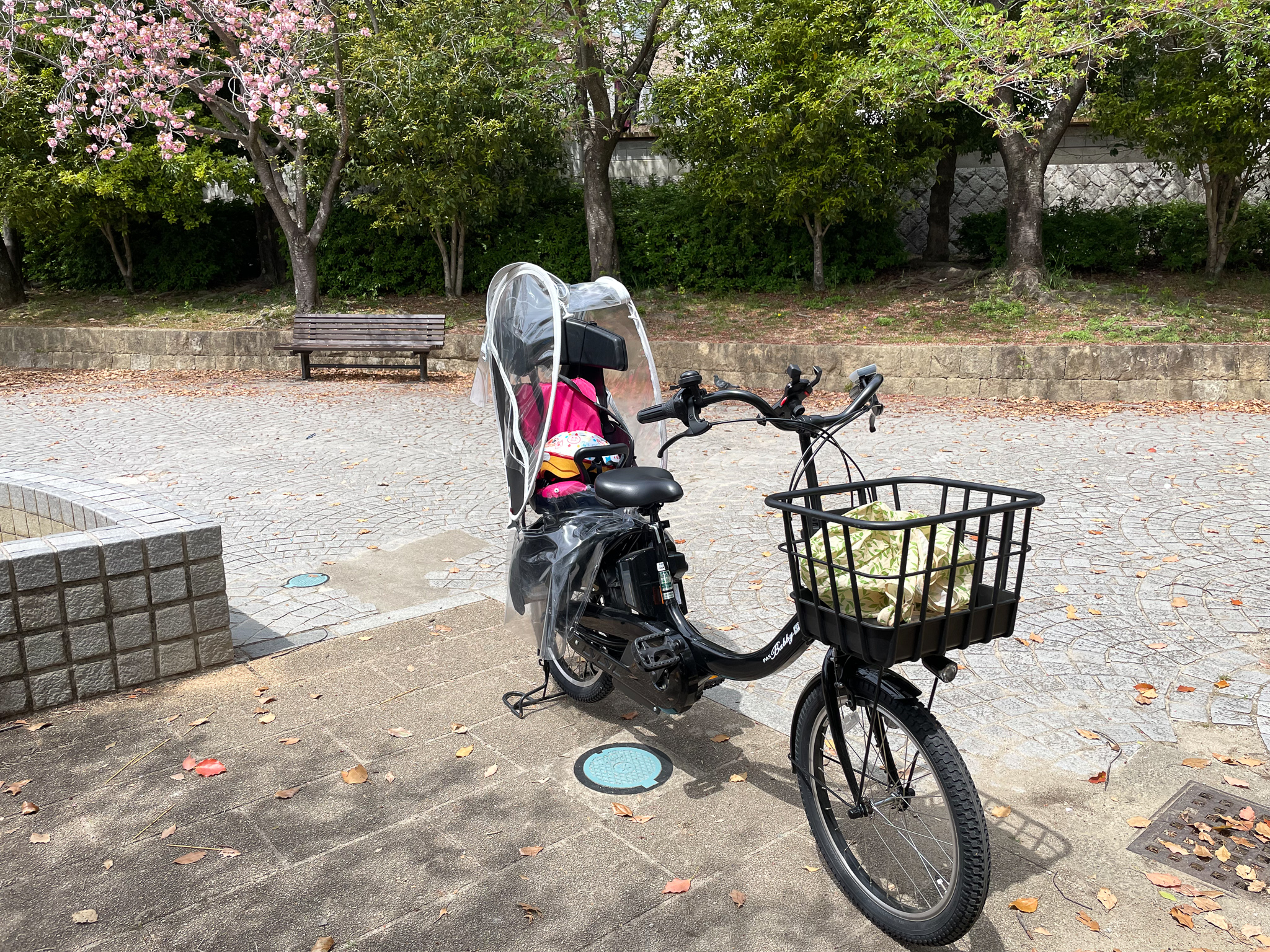
To add to the stress of narrow roads, there are lots of cyclists in Japan and they ride on the road.
They can really sneak up beside you (to your left) so make sure to be careful, especially when you’re making a left turn. The last thing you want to do is hit someone!
4. Don’t Necessarily Do as the Locals Do
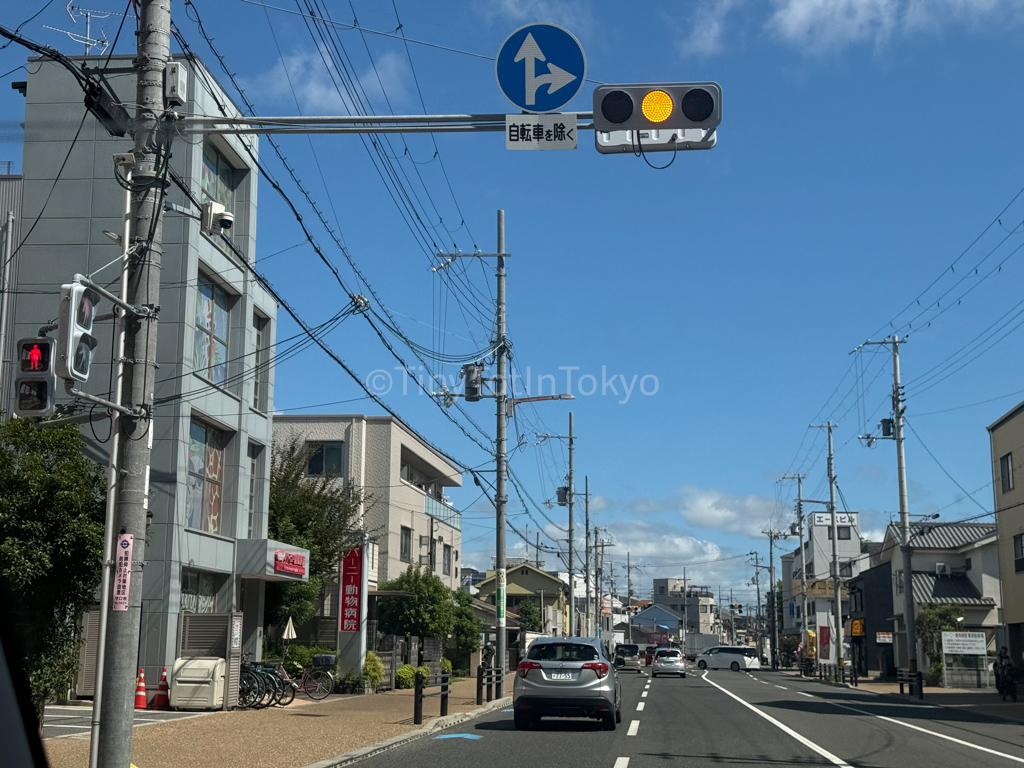
You know that saying, “When in Rome, do as the Romans do”? Well… that isn’t necessarily the case when it comes to driving in Japan.
You might notice some interesting, perhaps surprising, things when you drive in Japan. For instance, people tend to speed up when the light turns yellow despite being taught in Japanese driving school to slow down.
Similarly, people tend to not stop in front of crosswalks despite that someone may be waiting to cross. And I can’t count the number of times someone has casually stopped on the road to drop off or pick up something. You’re not supposed to do any of these things, by the way.
So in certain cases, use your judgment and don’t do as (some of) the Japanese do. Please stop if you see someone waiting to cross the street. Don’t park on the side of the road so you can grab something from the convenience store.
Slow down when there’s a yellow light. If the light turns yellow and you’re able to stop safely, you should stop in front of the light at the stop line.
5. Turning on Red Lights
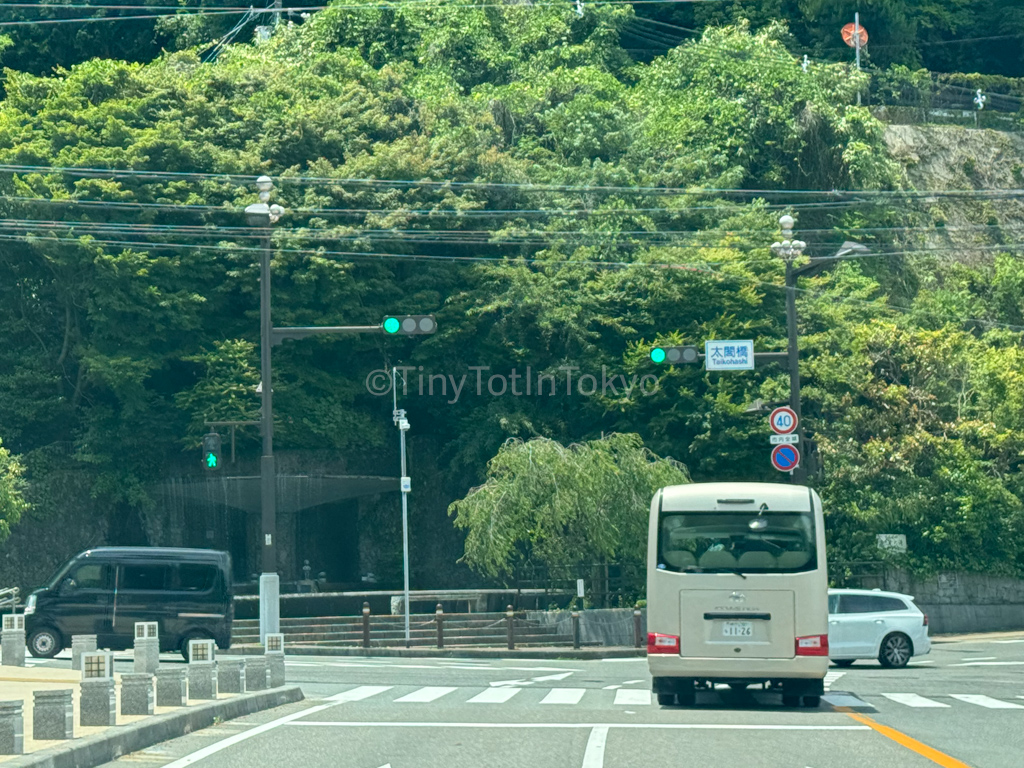
Unlike in some other countries, in Japan, you cannot turn when the light in front of you is red. You can only make a right or left turn when the light in front of you is green.
6. Park Perfectly
Parking spaces in Japan are quite small and can be challenging, so make sure you park as perfectly as possible so that you don’t inconvenience others. I was really surprised by the precision of parking when I first moved to Japan but now I try my best to do the same.
So what does parking perfectly mean? Your car should be parked right in the middle of the parking space. Don’t park closer to the left side or right side of a parking space, because this might prevent the car parked next to yours from opening their car door.
You will also notice that people back into parking spaces because it’s easier to get out. Many cars in Japan nowadays have a rearview camera that shows you the area to the back of your car to help prevent accidents, especially when backing into a parking spot. I have this feature on one of my cars and I love it because it helps so much! (It also beeps at me if I’m too close to something.) If you can buy or rent a car in Japan with this feature, I highly recommend it.
7. Understand Road Signs
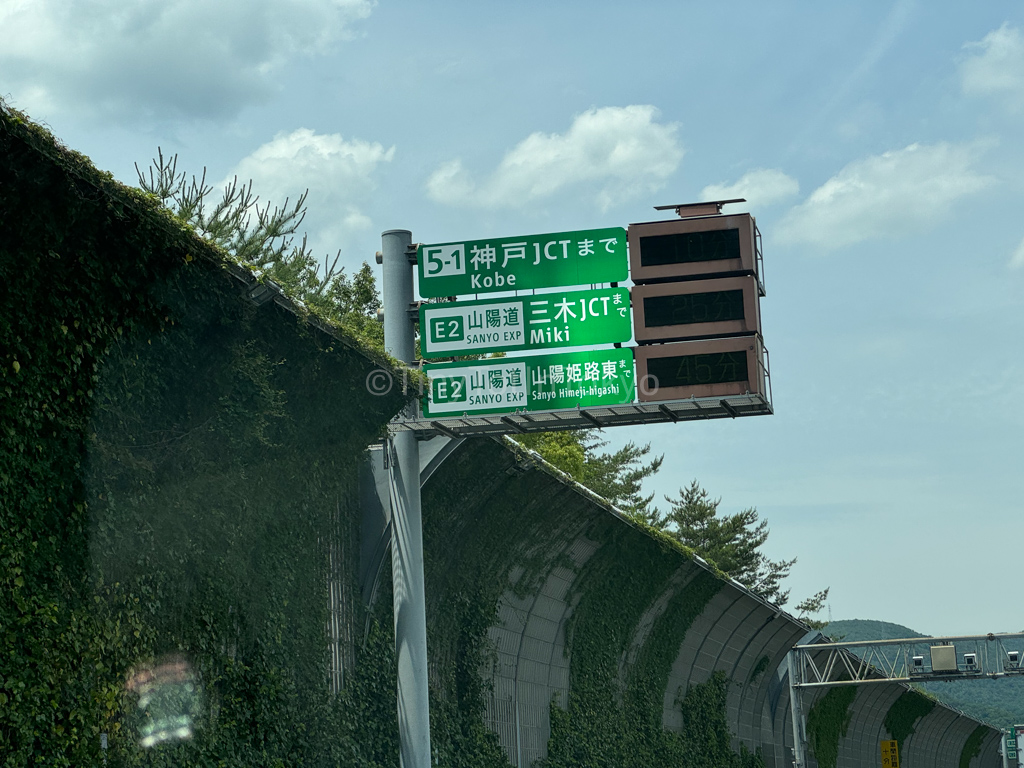
Road signs in Japan might differ from those in your home country. Make sure you read up on what these signs look like and what they mean before you drive.
For instance, the red triangular yield sign in Canada and the US means stop (止まれ) in Japan!
The more rural you travel in Japan, the more likely you’ll find signs that are in Japanese only.
8. Know the Meaning of Signs or Marks on Cars
There are four different marks you might notice on both the front and back of cars in Japan. These help others know what kind of driver is operating the car.

This is called a shoshinsha (初心者) mark and indicates a new driver. They are required to keep this mark on their car for one year after they get their driver’s license.

This is a koureisha (高齢者) mark, which is used by senior drivers ages 70 and up.
![]()
This is the aurally challenged mark, which is used by drivers who have difficulties hearing a car honk at 90 decibels from 10 meters away even with a hearing device.
![]()
This is a physically challenged mark, used by drivers with physical disabilities.
If you want to purchase these marks, which are magnets, you can find them for sale at 100 yen stores in Japan.
9. Know Speed Limits

Car speed in Japan is measured in kilometers.
Usually, there will be a sign along a road telling you the speed limit but if you can’t see one, then you can use the designated maximum speed limit, which is 60 km/h.
Below is an image of the speed limit on a national expressway, which is 80 km/h.
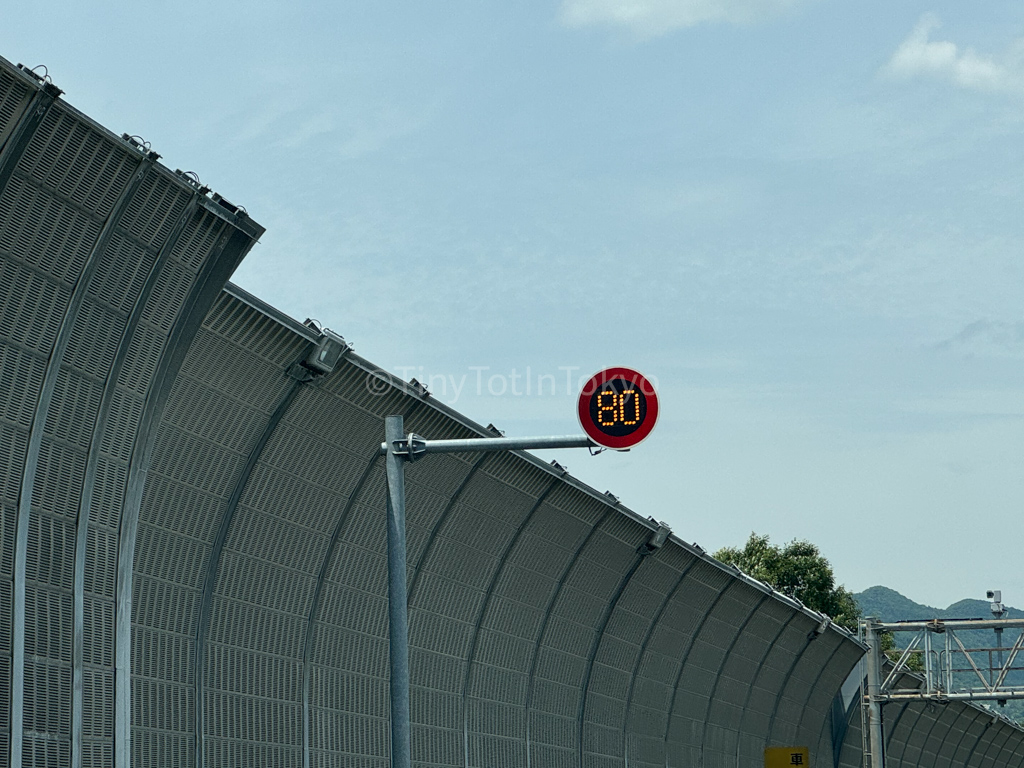
Unless otherwise indicated, the minimum speed limit in main through lanes of national expressways is 50 km/h and the maximum speed limit is 100 km/hr.
You might notice more often than not that drivers in Japan go over the speed limit. Try not to do this, the last thing you want is to get a speeding ticket in a foreign country. At the same time, try not to drive substantially below the speed limit (such as 50 km/hr on a 60 km/hr road).
10. National Expressways Costs
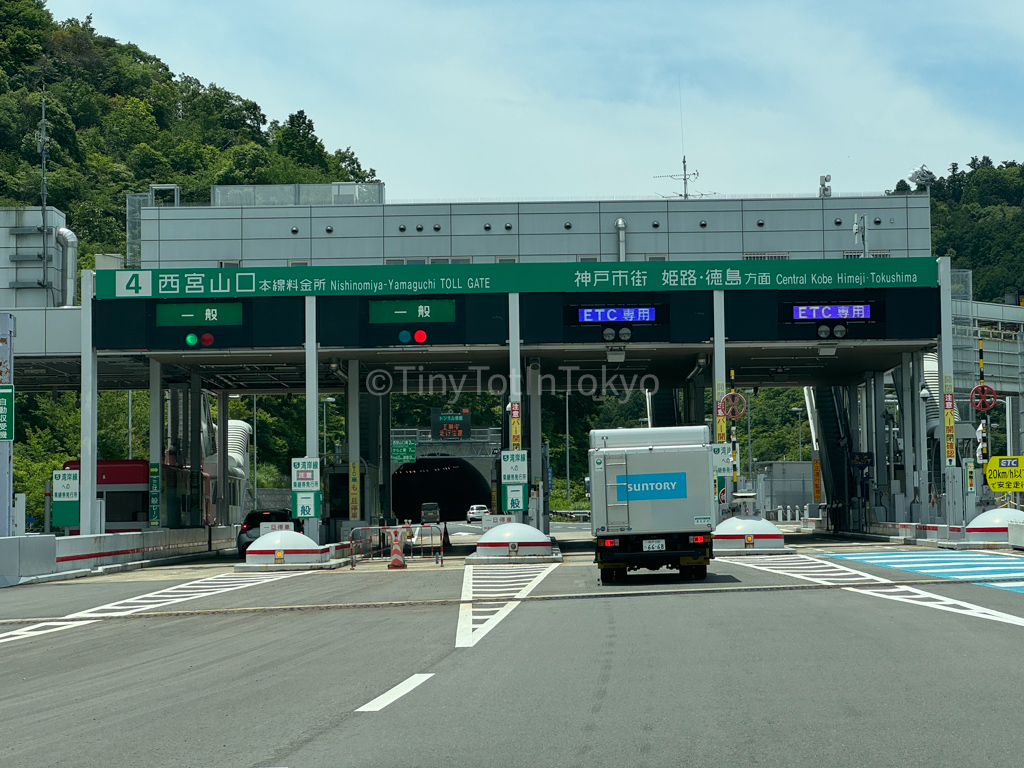
National expressways in Japan are not free. You need to either pay tolls in cash or use an ETC card.
ETC cards are quite beneficial because the toll gates read the card as you drive through, allowing you to pay without stopping. (You should slow down to 20 km/h, though!)
If you don’t have an ETC card in your car, do not go through the ETC lanes.
11. Rest at Michi-no-Eki

When you’re driving on national expressways, make sure to take breaks at rest areas, which are called Michi-no-Eki (道の駅). These have really nice bathrooms and typically sell souvenirs and snacks related to the prefecture they’re located in.
12. Stop at Railway Crossings
In Japan, you must always make a complete stop right before a railway crossing. There’s usually a white line to tell you exactly where to stop. Look both ways before crossing.
If the railway alarm starts sounding, indicating that a train is approaching, do not try to cross in an attempt to beat the crossing gates while they’re lowering. This is extremely dangerous, especially since you might get stuck in the middle of the tracks. In the worst-case scenario, there is an emergency button on the alarm pole but you shouldn’t ever put yourself in a situation where you have to use it.
13. Gas Stations
When it comes to filling up gas in your car, Japan offers two kinds of gas stations.
One is full service, where gas station attendants will fill up the car for you and do additional services such as washing your windshield.
The other is self-service, which is called セルフ(serufu) in Japanese.
In terms of types of gasoline in Japan, there’s regular (レギュラー・regyura), high-octane (ハイオク・haioku), and diesel (軽油・keiyu).
14. Don’t Drink and Drive
I think we all know that we shouldn’t drink and drive, but Japan is extremely strict when it comes to drinking and driving. Unlike in some other countries, like Canada, you cannot have a single drop of alcohol if you’re going to be operating a vehicle afterward. It’s illegal and people get their licenses revoked for it.
So do not even take a sip of alcohol if you’re driving!
15. Use of Hazard Lights

If you need to stop on the side of the road, make sure you use your hazard lights. You can also use your hazard lights to thank another driver if they give way.
16. Get an International Driver’s License
If you’re coming from abroad, make sure to get an international driver’s permit in your home country before arriving in Japan. This can only be issued by countries participating in the Geneva Convention.
Those visiting from Germany, Belgium, Switzerland, France, Taiwan, and Monaco can use their driver’s license that was issued in those countries but they also need a Japanese translation of their license.
17. Know Where to Rent a Car in Japan
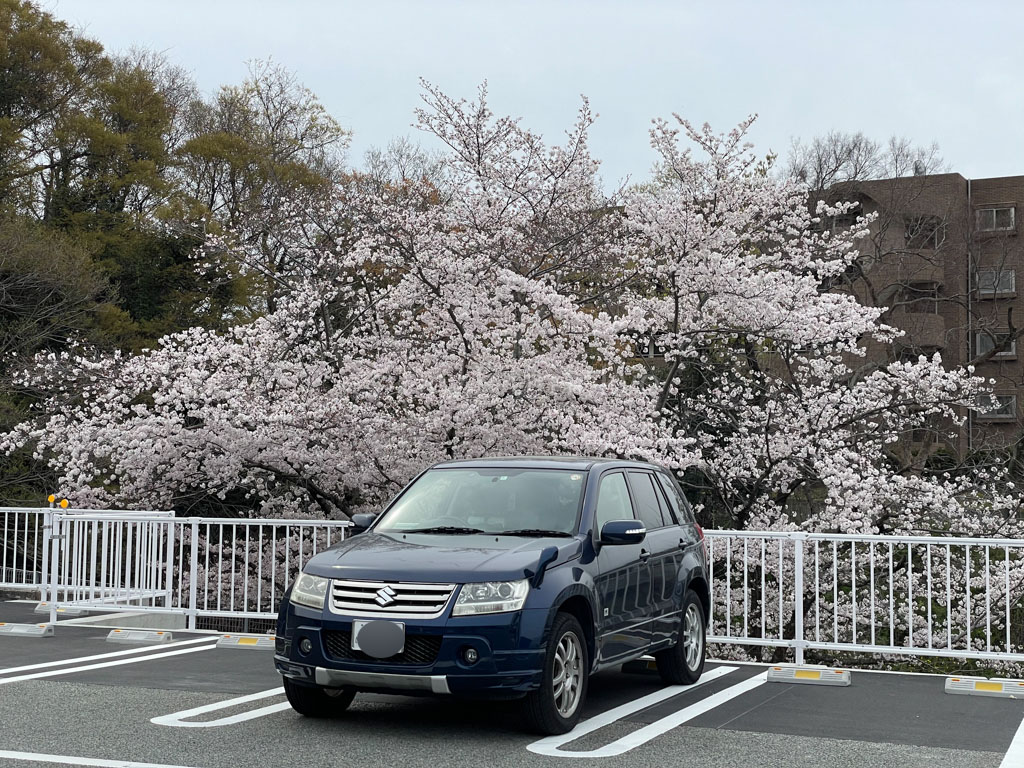
If you’re looking to rent a car in Japan, I suggest using internationally known rental companies such as DiscoverCars, GetRentacar.com, and Rentalcars.com. This is because they’re more used to international drivers and are more likely to be able to communicate in English.
18. Using Navigation Systems in Japan
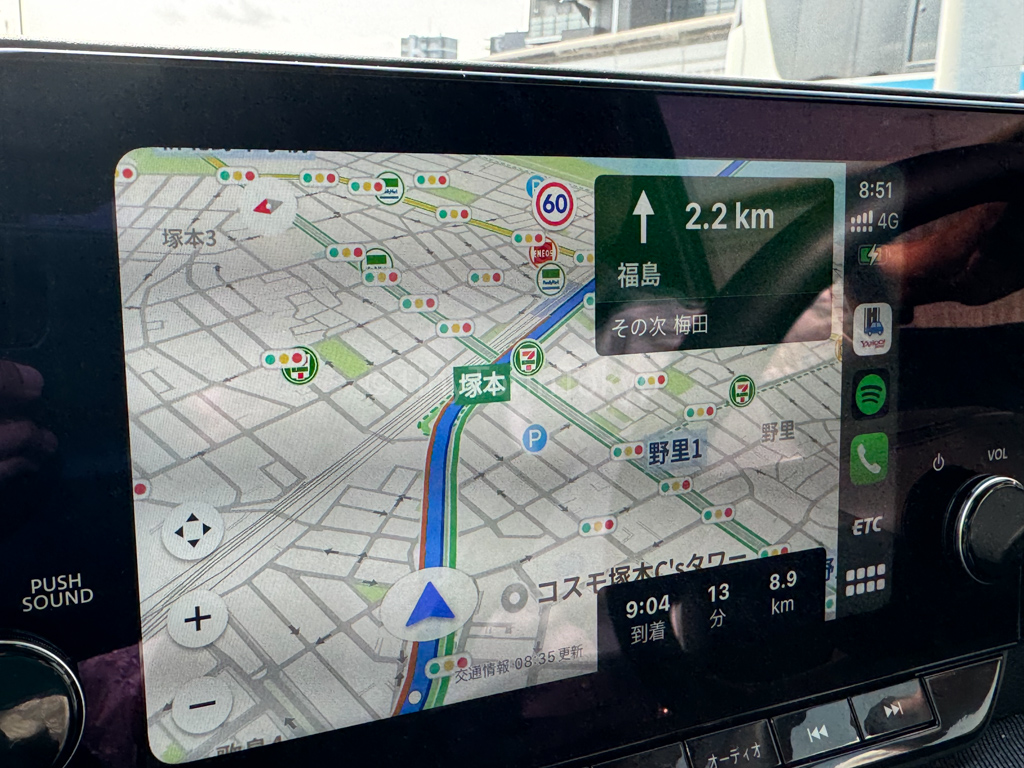
Most cars in Japan have built-in navigation systems. Some you can change into English but the road names might still be in Japanese or the English translations might be off.
Google Maps works fine but I find that sometimes it takes me on weird routes or really narrow one-way streets so it’s not perfect.
If you want a phone holder to hook onto your car so you can see Google Maps, check out any 100 yen store in Japan.
19. Driving with Kids in Japan
If you’re considering driving with children in Japan, there are some important rules and regulations to keep in mind. I’ve written an article on what to know when driving in Japan with a child so please give it a read!
20. Try to Avoid Driving in Big Cities like Tokyo
Big cities like Tokyo are a nightmare to drive in due to congestion and high parking fees. The public transportation system in Tokyo is excellent and you’re likely to get somewhere faster by taking the train than driving.
Save driving in Japan for rural areas.
Wrap-up: What to Know When Driving in Japan
There are many things to be aware of when driving in Japan, but those who’ve prepared in advance by doing their research (such as reading this article!) will have no trouble.
Japan is a beautiful country to drive in and it’s a great way to escape the crowdedness of big city life and explore the country more freely. If you would like recommendations on where to travel in Japan by car, read this article. It’s targeted towards families but even if you don’t have children, these are great spots to visit by car for people of all ages.

